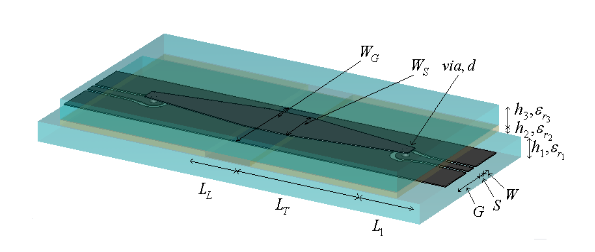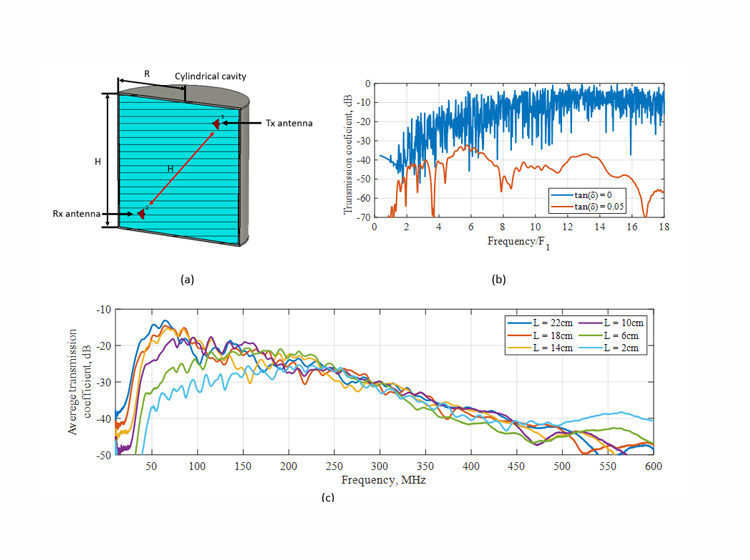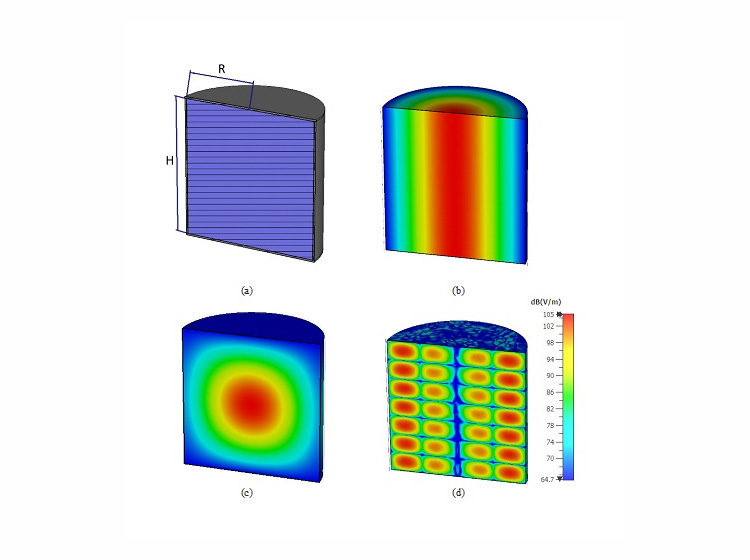The linearization of Power Amplifiers (PAs) is of high importance to the design of modern communication systems. The linearity of an amplifier is completely dependent on the linearity of its active device – transistor in this case.
In Low Noise Amplifiers (LNAs), operating at very low input powers, small signal nonlinearities arise due to the fluctuations around the quiescent point, influenced by the input RF signal. An adequate description of this phenomenon involves the use of the Volterra series, which is, effectively the Taylor series (memory-less) with a memory effect. In order to describe a non-linear behavior of a transistor, the detailed knowledge of its equivalent circuit needs to be known. In MESFET and HEMT transistors, the most dominant sources of nonlinearity have been discovered to be the drain current, Id and gate-source capacitor, Cgs as described in [1,2].
In this paper, we report on the improved small-signal model of the MESFET transistor, where the nonlinearity of the drain-source capacitor, Cds was shown to have a significant effect on the nonlinear behavior. The effect of this capacitor was found to be most significant below the pinch-off voltage. This is of particular use in the design of receiver components, where the suppression of spurious signals needs to be as low as -100 dBm.

[1] J. C. Pedro and J. Perez, ‘Accurate simulation of GaAs MEFET’s intermodulation distortion using a new drain-source current model,’ IEEE Trans. Microwave Theory and Tech., vol. 42, no.1, pp. 25-33, January 1994.
[2] G. Qu and A. E. Parker, ‘New model extraction for predicting distortion in HEMT and MESFET circuits,’ IEEE Microwave and Guided Wave Letters, vol. 9, no. 9, pp.363-365, September 1999.



Leave a Reply